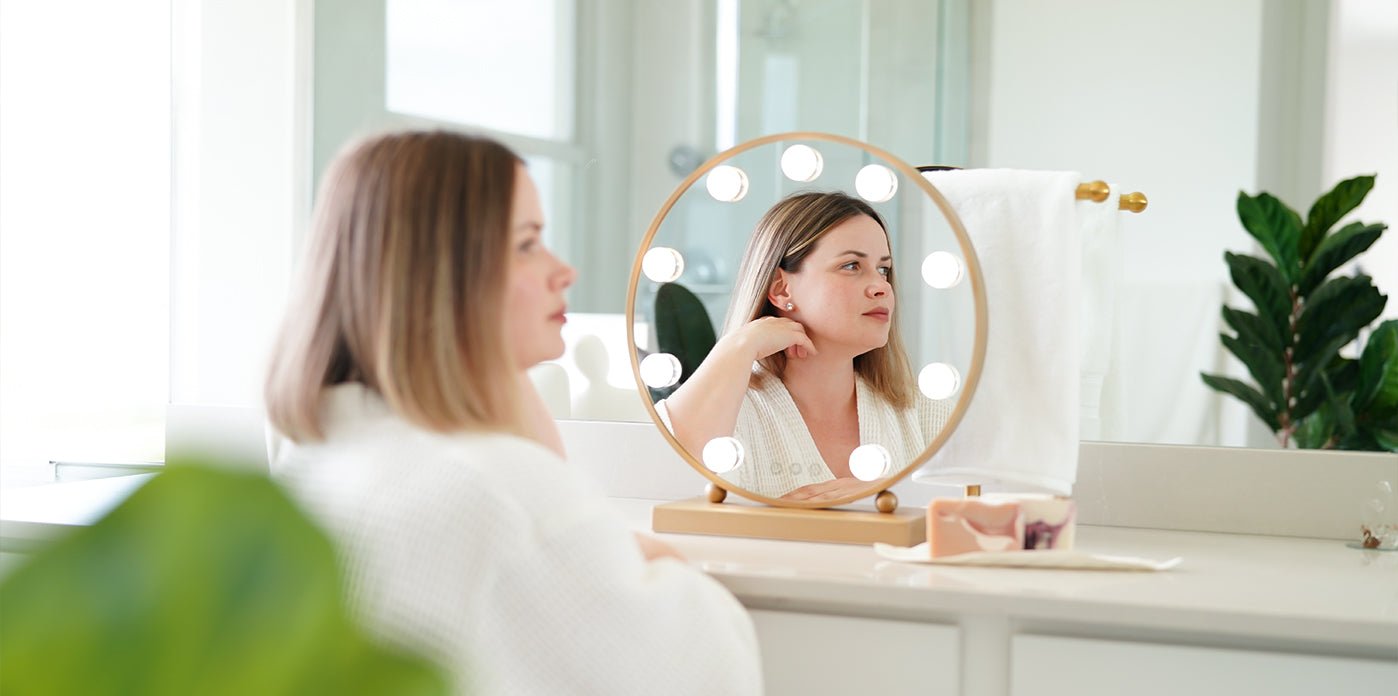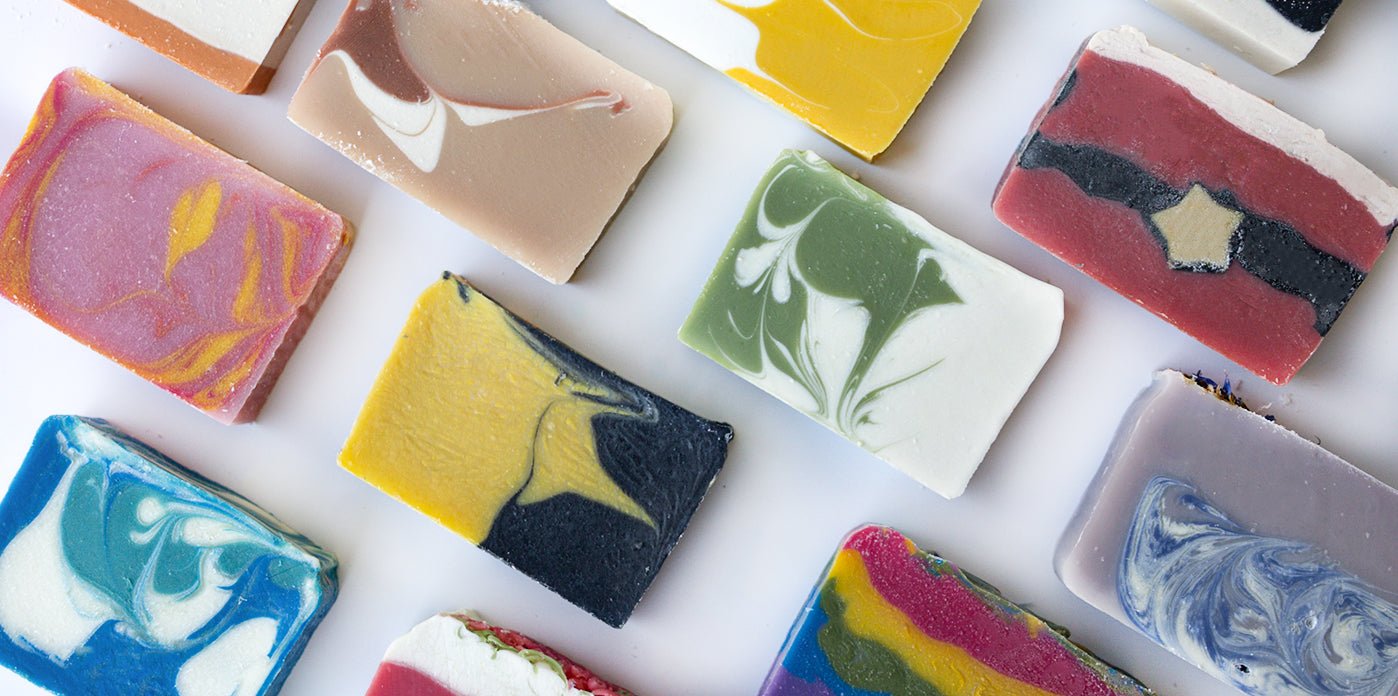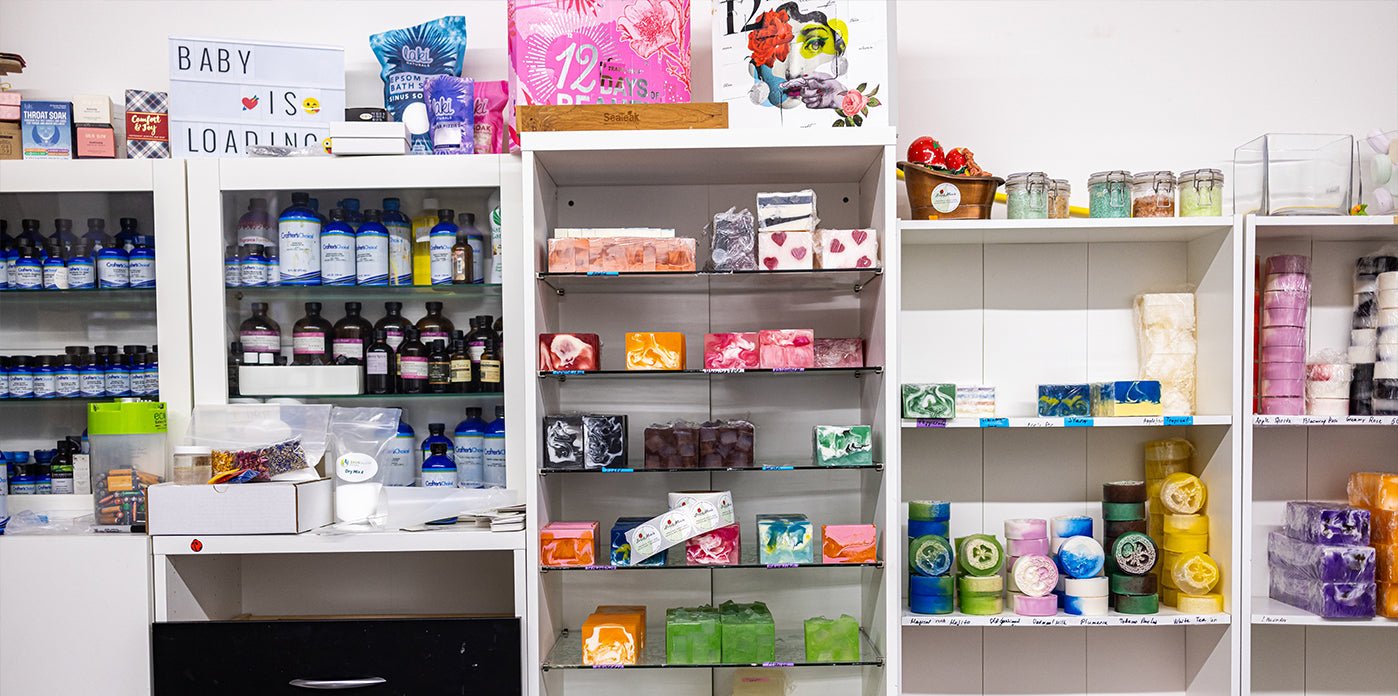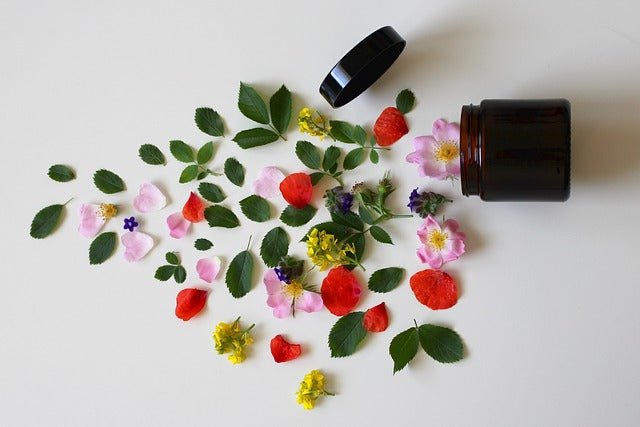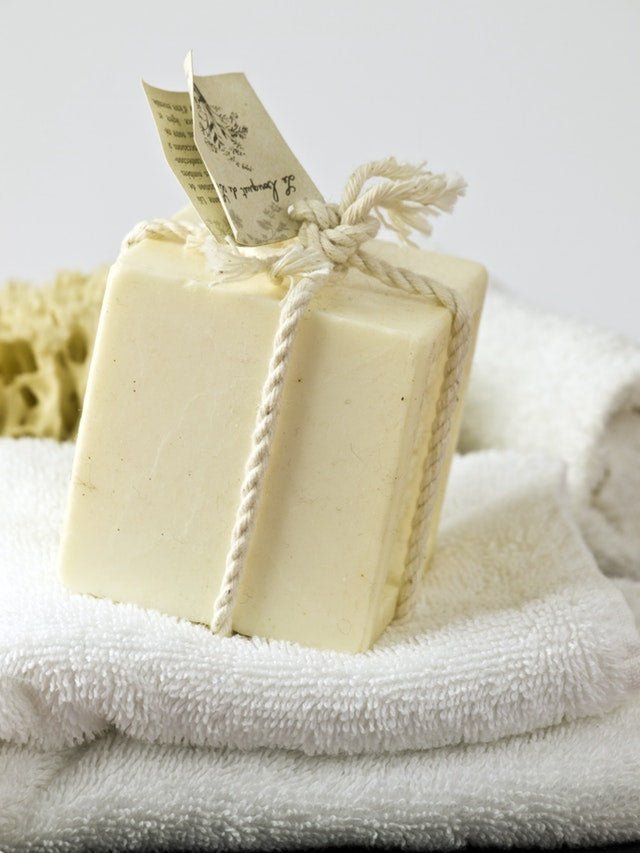In a world where brightly colored, synthetic bath buffs and kitchen scrubbers dominate the shelves, there’s a growing awareness of more sustainable, eco-friendly alternatives. One such alternative is the loofah, a plant-based sponge that’s both effective and environmentally friendly. But what exactly is a loofah, and how can it contribute to a more sustainable lifestyle? Let’s dive into the world of loofah and discover why it’s the perfect choice for those looking to reduce their environmental impact.
What is a Loofah?
Contrary to popular belief, loofahs are not ocean-dwelling animals. Instead, they come from the fruits of vine-growing Luffa plants, which belong to the gourd family (Cucurbitaceae)—relatives of watermelons, cucumbers, and pumpkins. When a luffa fruit matures and dries out, its fibrous interior is revealed, creating a natural, gentle sponge that can be used for a variety of purposes, from exfoliating your skin to scrubbing surfaces in your home.
The Life Cycle of a Loofah
Understanding the life cycle of a loofah plant helps us appreciate its sustainability and natural origin:
Grow: Luffa vegetables are cultivated in tropical and subtropical climates, where they thrive in warm temperatures.
Dry: Once the gourds are harvested, they are left to dry out for up to six months, during which time their outer skin hardens, and the fibrous interior develops.
Manufacture: After drying, the gourds are peeled, sliced, cut, or shaped into various forms, depending on their intended use.
Enjoy: Historically, loofah sponges have been used as body and surface scrubbers, providing a natural alternative to synthetic sponges.
SoapyMania Loofah Soap: A Time-Saving, All-in-One Solution
At SoapyMania, we understand the value of time and believe that your skincare routine should be both efficient and enjoyable. That’s why we’ve combined the natural exfoliating power of loofah with our handcrafted soaps to create an all-in-one product that meets your personal hygiene needs. Our loofah soaps are not only esthetically pleasing but also offer a range of benefits that make them a must-have in any bathroom.
Benefits of Using Loofah Soap
Exfoliating: The natural fibers in loofah provide gentle yet effective exfoliation, removing dry or dead skin cells and leaving your skin feeling soft and smooth.
Healing: Regular use of loofah soap can help alleviate dry skin and rough spots, promoting healthier, more hydrated skin.
Massaging: The textured surface of the loofah acts as a natural massager, improving blood circulation and leaving you feeling energized and invigorated.
Saving the Planet: Loofah sponges are 100% compostable and biodegradable, meaning they won’t end up in a landfill. By choosing loofah, you’re making a sustainable choice that helps protect our planet.
Why Choose SoapyMania?
When you choose SoapyMania’s loofah soaps, you’re not just investing in a product—you’re supporting a sustainable, eco-friendly lifestyle. Our commitment to using natural, biodegradable ingredients means that you can enjoy the benefits of our products with a clear conscience. Plus, our handcrafted soaps are designed to be both effective and time-saving, making them a perfect addition to your daily routine.
Conclusion
Switching to natural loofah sponges is a small change that can make a big difference. Whether you’re looking to enhance your skincare routine or reduce your environmental impact, loofah soaps offer a practical and sustainable solution. Explore our range of loofah soaps at SoapyMania and take the first step towards a more eco-friendly lifestyle.
